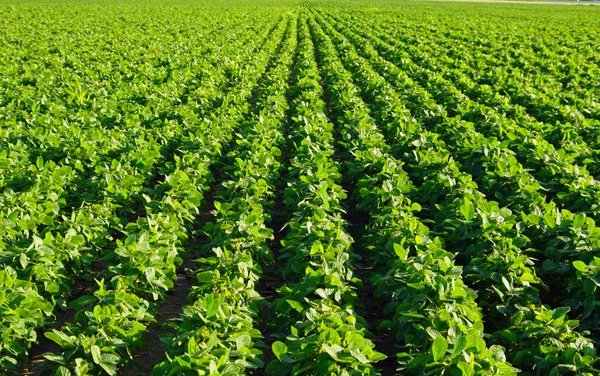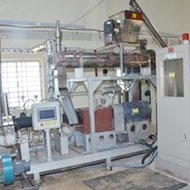The last weeks have seen a marked increase in the number of fires in the Amazon. The fires are now so severe that fire and smoke can be detected from space. By mid-August, Brazil’s National Institute for Space Research (INPE) had counted more than 41,000 spot fires in the Brazilian Amazon so far this year, compared with 22,000 in the same period last year.
"Skretting purchases soy from Brazil. Although we have no reason to believe that soybean farmers in our supply chain hold any responsibility for the fires in the Amazon, recent developments can be devastating to the reputation of soy from Brazil in the aquaculture value chain. Recent developments will rightly lead to increased pressure from environmental organisations and consumers not to accept soy from Brazil in our aquaculture feeds", said Skretting Sustainability Manager, Trygve Berg Lea. “We have contacted our suppliers in Brazil to raise our concern as we are concerned about the soy value chain,”
Skretting has been in dialogue with Rainforest Foundation Norway about the company's purchases of soy from Brazil. Skretting said it is in full support the foundation's concern and engagement in acting to stop what is happening in Brazil.
“Skretting has long recognised the importance of flexibility in our ingredient formulation and supply chain, and our work in this area continues to advance rapidly with alternative ingredients. The developments in Brazil show how important our many years of R&D will be to ensure future growth and minimize supply risks. Thanks to this, we are capable of being flexible and adapting to challenging situations,” said Skretting CEO, Therese Log Bergjord.
“We respect Brazil’s sovereignty to use its own resources, but the Amazon is also of concern for the whole planet,” says Berg Lea. The Amazon rainforest alone contributes a significant percentage of the oxygen in the Earth’s atmosphere. It is home to rich and diverse flora and fauna along with being home to many indigenous communities who have lived in the forest for many generations. The destruction of the forest can lead to a complete change in the ecology of the region as the forest consumes almost all the carbon produced by the people of the South American continent.













